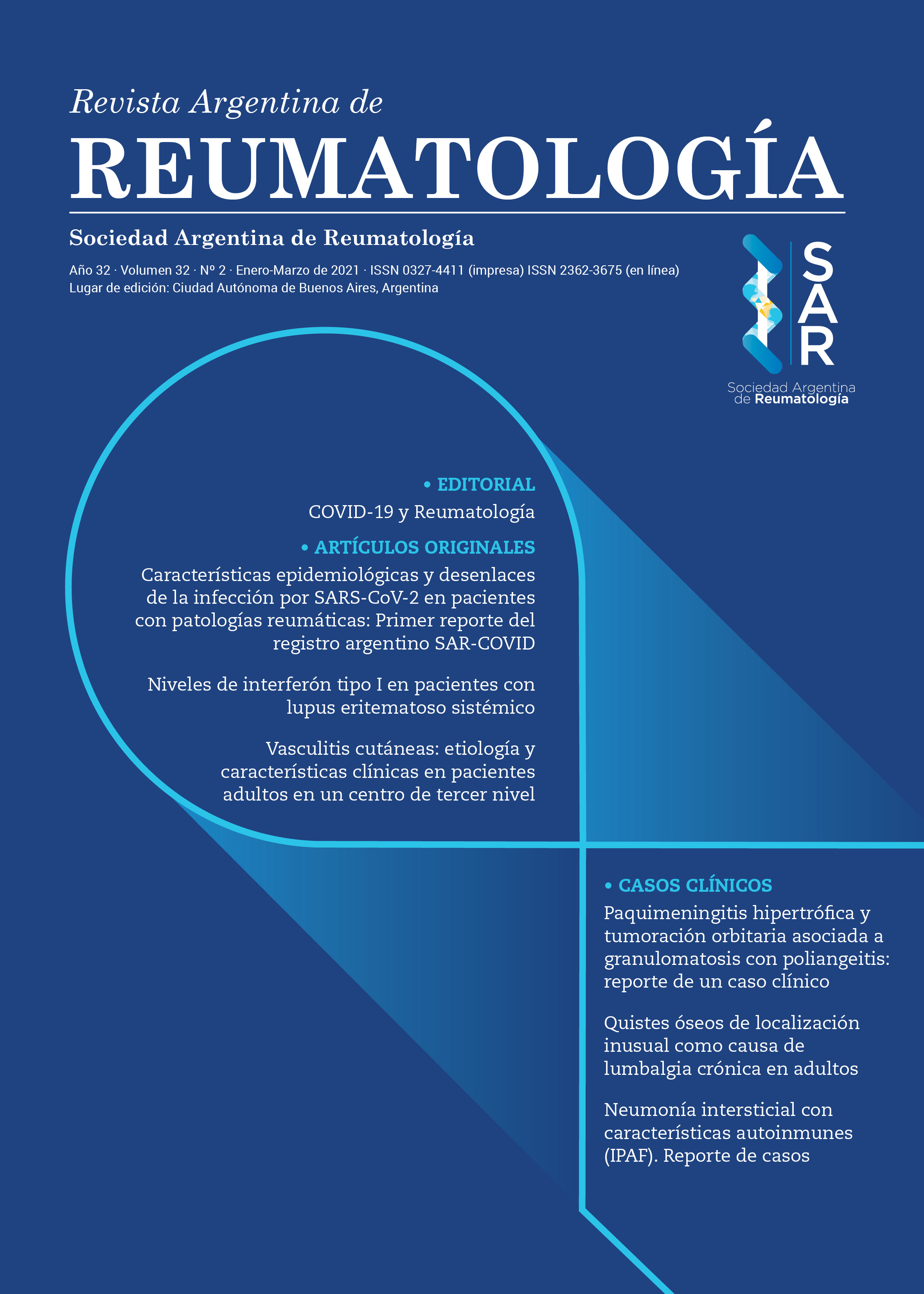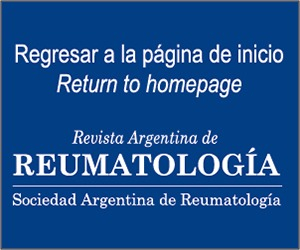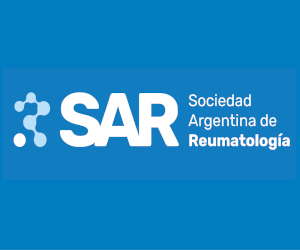Rubens and rheumatoid arthritis
Abstract
The study of baroque paintings, especially those of Flemish origin, makes it possible to show in some of their figures physical signs suggestive of disease. Peter Paul Rubens constitutes one of the maximum representatives of this artistic current. It is believed that Rubens suffered from rheumatoid arthritis (RA) and that he portrayed the development and progression of his own disease in several works of art. This article briefly recounts Rubens’ life and describes some of his works focused on the human figure with joint alterations that could correspond to an AR.References
I. Dequeker J. Arthritis in Flemish paintings (1400-1700). Br Med J. 1977;1(6070):1203-1205. doi:10.1136/bmj.1.6070.1203
II. Anne T Woollett, Suchtelen A Van. Rubens and Brueghel: A Working Friendship. Getty Trus.; 2006.
III. De Rubens a Van Dyck. La Pintura Flamenca En La Colección Gerstenmaier. Fundación Mercedes Calles, Carlos Ballestero MCCB.; 2015.
IV. Cristina Garrido. Rubens y España. Un Flamenco En La Corte de Los Austrias. Sus Relaciones Artísticas y Diplomáticas Al Servicio de Felipe III y Felipe IV. Universidad de Barcelona; 2017.
V. Ruggio T, Germano Th. Flemish 17th Century Peter Paul Rubens Flemish 17th Century Masterworks from the Arnold and Davis Collection. (Iona College Arts Center, ed.).; 2017.
VI. Appelboom T, Boelpaepe C, Ehrlich GE, Famaey JP. Rubens and the Question of Antiquity of Rheumatoid Arthritis. JAMA J Am Med Assoc. 1981;245(5):483-486. doi:10.1001/ jama.1981.03310300037016
VII. Appelboom T. Style versus substance in artistic depiction: reply. Rheumatology. 2005;44(11):1465-1465. doi:10.1093/ rheumatology/kei097
VIII. Short CL. American Rheumatism Association. Arthritis Rheum. 2007;2(3):284-287. doi:10.1002/1529-0131(195906)2:3<284::aid-art1780020311>3.0.co;2-b
IX. Pedersen LM, Permin H. Rheumatic disease, heavy-metal pigments, and the great masters. Lancet. 1988:1267-1269.
X. Appelboom T. Hypothesis: Rubens - One of the first victims of an epidemic of rheumatoid arthritis that started in the 16th-17th century? Rheumatology. 2005;44(5):681-683. doi:10.1093/ rheumatology/keh252
XI. D W Martin, Jr, J L Naughton, and L H Smith J. Medical Staf Conference Rheumatoid Arthritis From Rubens to Restriction Maps. West J Med. 1982:109-115.
XII. Yeap SS. Rheumatoid arthritis in paintings: A tale of two origins. Int J Rheum Dis. 2009;12(4):343-347. doi:10.1111/j.1756-185X.2009.01434.x
XIII. Bonafini B, Pozzilli P. The Three Graces: Canons of beauty or disease repulsion. Int J Cardiol. 2013;166(2):283-285. doi:10.1016/j.ijcard.2013.01.174
XIV. Hout N Van, Wilcox I. A Second Self-Portrait in Rubens’ Four Philosophers’. 2016;142(1172):694-697.
XV. Rosenthal L. Paternal and Painterly Authority in Rubens’s Self-Portrait with his Wife, Helena Fourment, and their Son, Peter Paul. Dutch Crossing. 2016;23(2):131-162. doi:10.1080/0309656 4.1999.11784113
XVI. Martin JR. Portraits of doctors by Rembrandt and Rubens. Proc Am Philos Soc. 1986;130(1):7-20. http://www.ncbi.nlm.nih.gov/ pubmed/11611931.
XVII. Entezami P, Fox DA, Clapham PJ, Chung KC. Historical Perspective on the Etiology of Rheumatoid Arthritis. Hand Clin. 2011;27(1):1-10. doi:10.1016/j.hcl.2010.09.006
XVIII. Dequeker J. Siebrandus Sixtius: Evidence of rheumatoid arthritis of the robust reaction type in a seventeenth century Dutch priest. Ann Rheum Dis. 1992;51(4):561-562. doi:10.1136/ ard.51.4.561
XIX. Dequeker J. Benign familial hypermobility syndrome and Trendelenburg sign in a painting “The Three Graces” by Peter Paul Rubens (1577-1640). Ann Rheum Dis. 2001;60(9):894-895. http://www.pubmedcentral.nih.gov/articlerender. fcgi?artid=1753831&tool=pmcentrez&rendertype=abstract.
XX. Ashrafian H. Earliest depiction of vitiligo in “Venus at a Mirror” (1615) by Peter Paul Rubens (1577–1640). J Cosmet Dermatol. 2018;17(3):566-567. doi:10.1111/jocd.12418
XXI. Lazzeri D, Lippi D, Castello MF, Weisz GM. Breast Mass in a Rubens Painting. Rambam Maimonides Med J. 2016;7(2):e0016. doi:10.5041/rmmj.10243
XXII. King B, Shortis A, King AJ. Did Rubens’ Delilah have Mondor’s disease? ANZ J Surg. 2013;83(3):146-148. doi:10.1111/ans.12020
Copyright (c) 2019 Argentine Journal of Rheumatology

This work is licensed under a Creative Commons Attribution-NonCommercial-NoDerivatives 4.0 International License.










